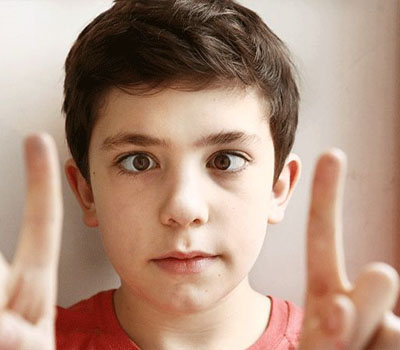
Amblyopia
Amblyopia, commonly known as lazy eye, is a vision development disorder where one eye does not achieve normal visual acuity, despite the absence of any structural abnormalities. It typically occurs during early childhood and can lead to permanent vision impairment if left untreated.
- Reduced Visual Acuity: The affected eye has poorer vision compared to the healthy eye.
- Poor Depth Perception: Difficulty judging distances or seeing in 3D.
- Squinting or Straining: The child may squint or tilt their head to favor the better-seeing eye.
- Eye Turn: Strabismus or misalignment of the eyes may accompany amblyopia.
- Headaches: Eye strain or headaches, especially during visual tasks.
- Eyeglasses or Contact Lenses: Correcting refractive errors (e.g., nearsightedness, farsightedness, astigmatism) to improve vision.
- Eye Patching: Occluding the stronger eye to encourage the brain to use and strengthen the weaker eye. Patching is typically done for several hours a day.
- Atropine Eye Drops: Dilating the pupil of the stronger eye to blur vision temporarily, forcing the brain to rely on the weaker eye.
- Vision Therapy: Eye exercises and activities to improve visual acuity, eye coordination, and depth perception.
- Treatment of Underlying Conditions: Addressing factors contributing to amblyopia, such as cataracts or squint eye, through surgery or other interventions.
Early detection and treatment of amblyopia are crucial, as the condition becomes more challenging to treat with age. Children should undergo comprehensive eye examinations, including vision screenings, during infancy and early childhood to detect and manage amblyopia promptly. With appropriate interventions, many children with amblyopia can achieve improved vision and visual function, minimizing the long-term impact on their quality of life.
